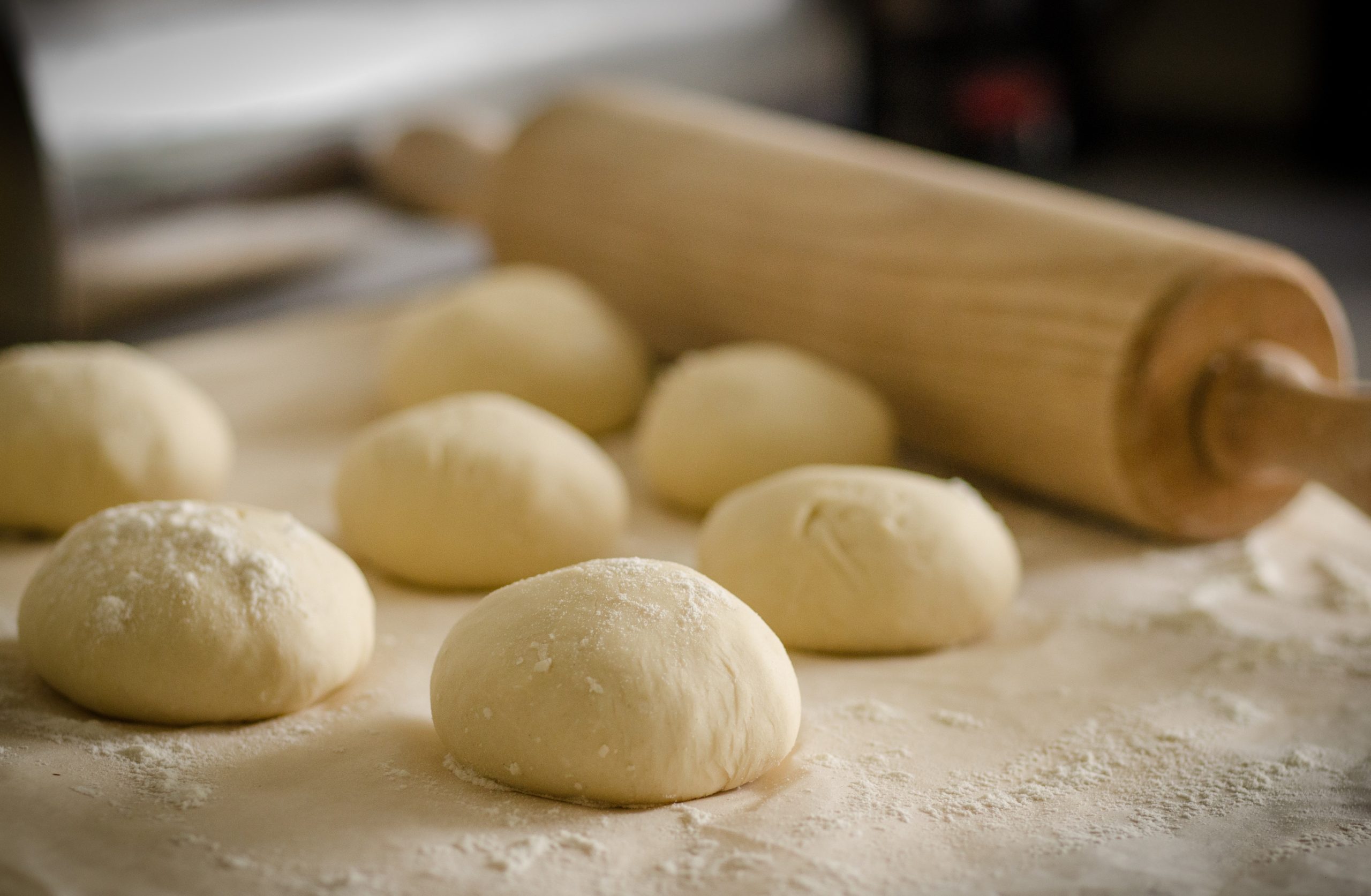Going gluten-free because of a dietary restriction or by choice requires a shift in your everyday eating habits. Removing wheat, barley, rye and other related grains in the products you cook with may sound challenging. Fortunately, the gluten-free market has grown in recent years, so you have plenty of variety and can choose more simple, clever swaps than you might think.
We’ve included several ideas for how to replace gluten products in your cooking and maintain balance in your diet below.
Baking Flour
You can easily replace wheat flour when you are craving comfort foods, such as cakes, fresh bread, cookies, brownies or pancakes. Soups, sauces and stew recipes also might call for flour as a thickening agent, so it helps to have a variety of gluten-free products available. You may need to blend a few different gluten-free flours together or buy a blend—specifically one labeled a “one-to-one” blend—which is a combination of gluten-free flours that work well as a substitution for all-purpose flour.
Buckwheat flour is a popular all-purpose alternative with an earthy flavor. You can also use almond flour’s nuttier taste in baked goods and desserts if your family members don’t have a nut allergy. Oat flour can create dense, moist, and chewy recipes, while coconut flour adds a mildly sweet, light, and fluffy texture.
Flour Tortillas
You probably use tortillas to make traditional tacos, enchiladas, burritos, and lunch wraps. Try using corn tortillas instead — just ensure that the manufacturer doesn’t blend wheat into them. You can also use fresh lettuce, cabbage or collard greens instead of a tortilla. Just add your favorite ingredients into a crunchy, green, and leafy wrap for a delicious meal.
Pasta and Noodles
You can find traditional rice noodles at the store for use in many dishes such as soup or stir-fry. These days most stores also carry many different types of gluten-free pasta made ingredients such as quinoa, chickpeas, and cauliflower. If you own a spiralizer, you can also get creative with nutritious vegetable noodles such as zucchini, carrots, or sweet potatoes and pair them with creamy sauces and other plant-based foods. The stringy texture of spaghetti squash makes a delicious substitute over wheat-based pasta, too.
Crackers
Crackers are great for snacking and appetizer dishes. Try out a rice cake if you can’t find a gluten-free cracker option at the store. Rice crackers also make a tasty alternative that you can top with hummus, cheese, or avocado slices. Try SAN-J’s crunchy Brown Rice Crackers. They are certified gluten-free, vegan, and Non-GMO Project verified.
Soy Sauce
Is all soy sauce gluten-free? The short answer is no. Typically, this Asian cuisine staple contains about 40-60% wheat content, making its flavor inaccessible to those avoiding gluten.
At SAN-J, we brew our Tamari Soy Sauce from soybeans and no wheat to provide a rich, authentic taste. A splash of this gluten-free sauce that is carefully crafted enhances the taste of meat and vegetable stir-fries and serves as a marinade or glaze during cooking or a flavorful dip for your preferred foods.
When you are on a gluten-free diet, look for certification marks on food products before you buy them. Consider researching to verify no cross-contamination with wheat occurs during processing. Our sauces and products are certified by the Gluten-Free Certification Organization.
To learn more about the certifications and allergy precautions we take, visit our FAQ section. Our recipes page also has more gluten-free food ideas you can explore for your next meal at home.
Back to Top

